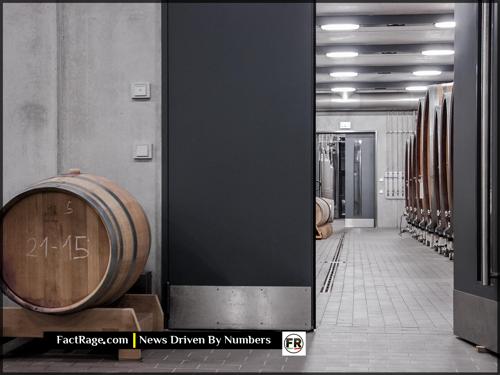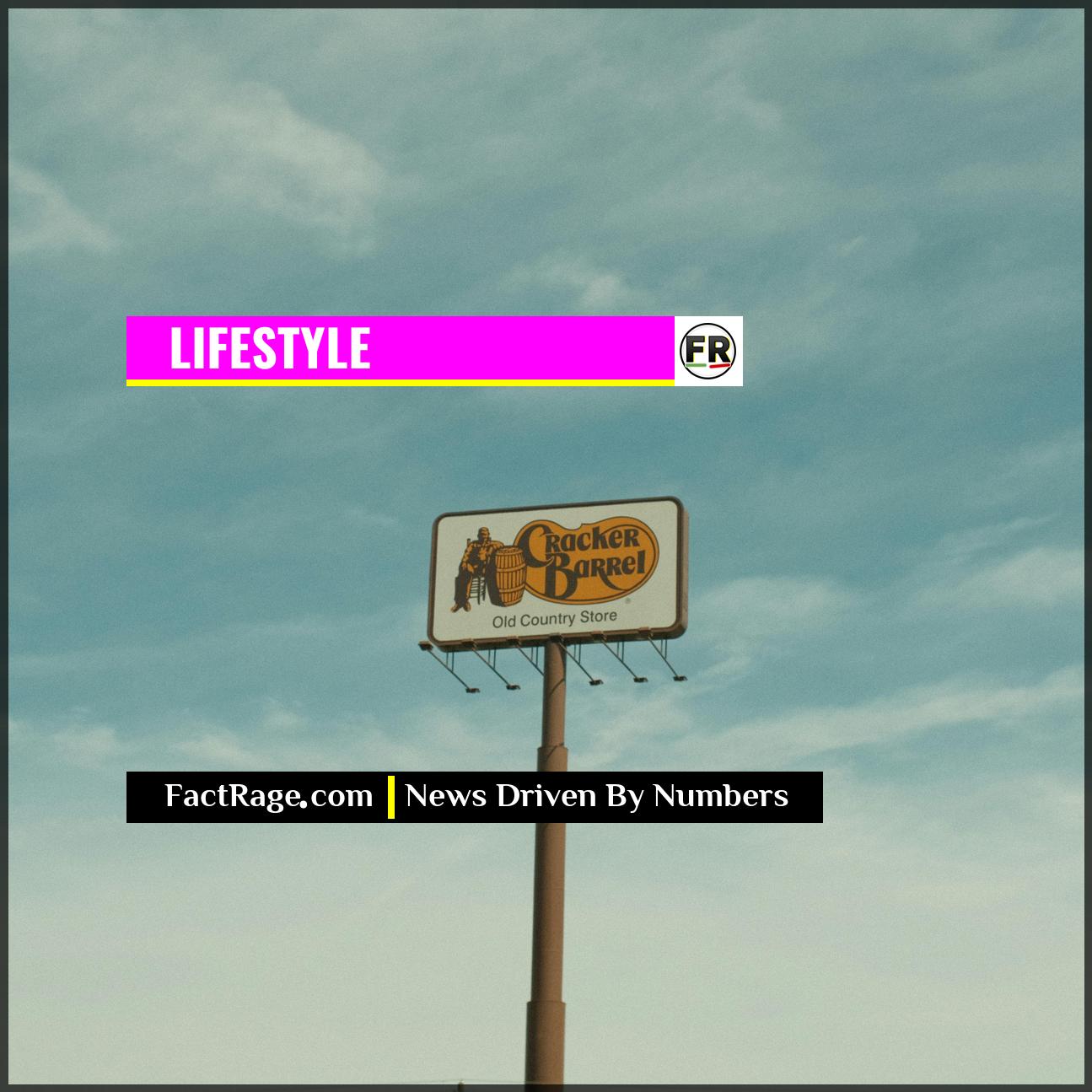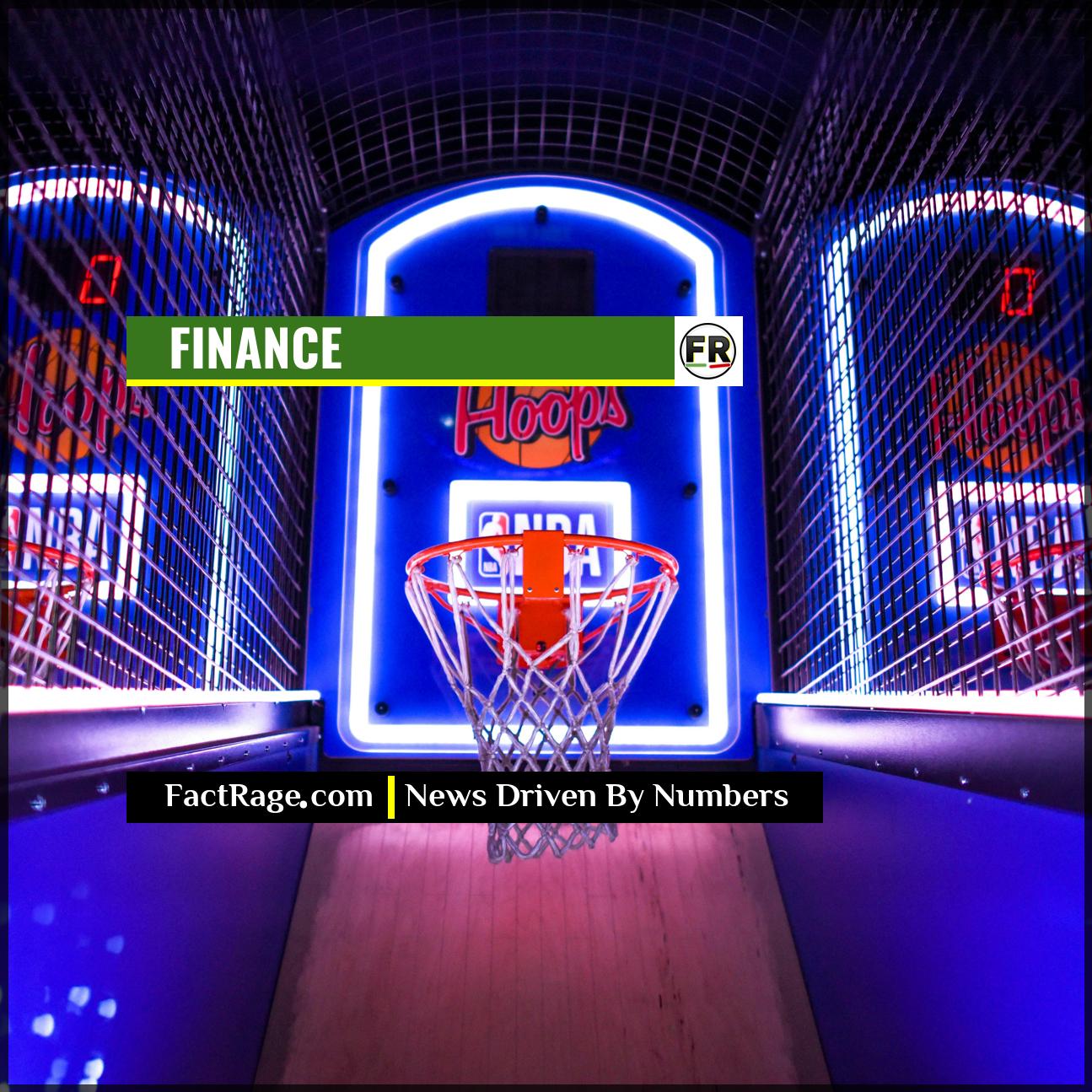LEBANON, TN – A strategic overhaul at Cracker Barrel aimed at making the 55-year-old brand more “relevant” is testing the loyalty of the very customers who have made its rocking chairs and country cooking a roadside staple for generations.
- Strategic Pivot – CEO Julie Masino announced a multi-faceted plan to “reinvigorate the brand,” involving menu updates, store remodels, and a new marketing focus to attract a wider, younger audience.
- Financial Pressures – The changes follow a significant downturn, with customer traffic declining and the company’s stock price (CBRL) falling by more than 50% over the past year.
- Customer Backlash – Long-time patrons have expressed concern and frustration online and in stores, arguing that the shift away from the traditional “Old Country Store” model abandons the brand’s core identity.
For decades, the formula has been simple and successful: a welcoming front porch, a retail store filled with nostalgic gifts, and a dining room serving consistent, Southern-style comfort food. But as financial headwinds mount, the leadership at Cracker Barrel Old Country Store, Inc. is gambling that the key to its future lies in changing that very formula.
Why Your Grandfather’s Favorite Restaurant is Changing Course

The view from the porch rocking chairs has been a constant for millions of Americans, a familiar sight along the nation’s interstates. Inside, however, a quiet transformation is underway. The catalyst for this change is not a sudden whim, but a response to stark economic realities. In a May 2024 earnings call, CEO Julie Masino laid out the challenges: the brand, she stated, was “not as relevant as it once was.”
This admission was backed by troubling data. The company has seen a steady decline in guest traffic, a critical metric for any restaurant chain. Compounding the issue, the value of Cracker Barrel’s stock has plummeted, reflecting a loss of investor confidence in its traditional model. The question facing corporate leadership was no longer if they should change, but how to do so without dismantling the brand’s soul.
What “Relevance” Looks Like on the Menu and in the Store
The company’s answer is a strategy of “transformation” that touches nearly every aspect of the customer experience. The most visible changes are happening on the menu. While classics like Chicken n’ Dumplins remain, new test items like Green Chili Cornbread and Banana Pudding-filled French Toast signal a move toward broader culinary appeal. The company is also expanding its alcohol offerings, a clear departure from its more traditional, family-focused image.
The physical stores are also getting a makeover. A pilot program is testing a new store design that tones down the rustic, antique-heavy decor in favor of a cleaner, more modern aesthetic. Even the iconic yellow-and-red logo is being re-evaluated. The goal, according to the company, is to create an environment that feels less like a trip to grandma’s house and more appealing to younger families and diverse demographics who may not connect with the old-time country theme.
Can a Brand Serve Two Different Generations at Once?
The strategic pivot has created a fundamental tension. On one side are the shareholders and executives who see an urgent need to adapt to a changing market. On the other are the legions of longtime customers who feel a sense of ownership over the brand and see the changes as an abandonment of what made it special.
For many, Cracker Barrel was more than a restaurant; it was a predictable comfort in an unpredictable world. The concern among this core base is that in its quest for a new audience, the company will lose the very essence that defined it for over half a century. The company is now navigating a difficult path: refreshing its image enough to bring in new faces without making the old ones feel like they no longer belong on the front porch.














